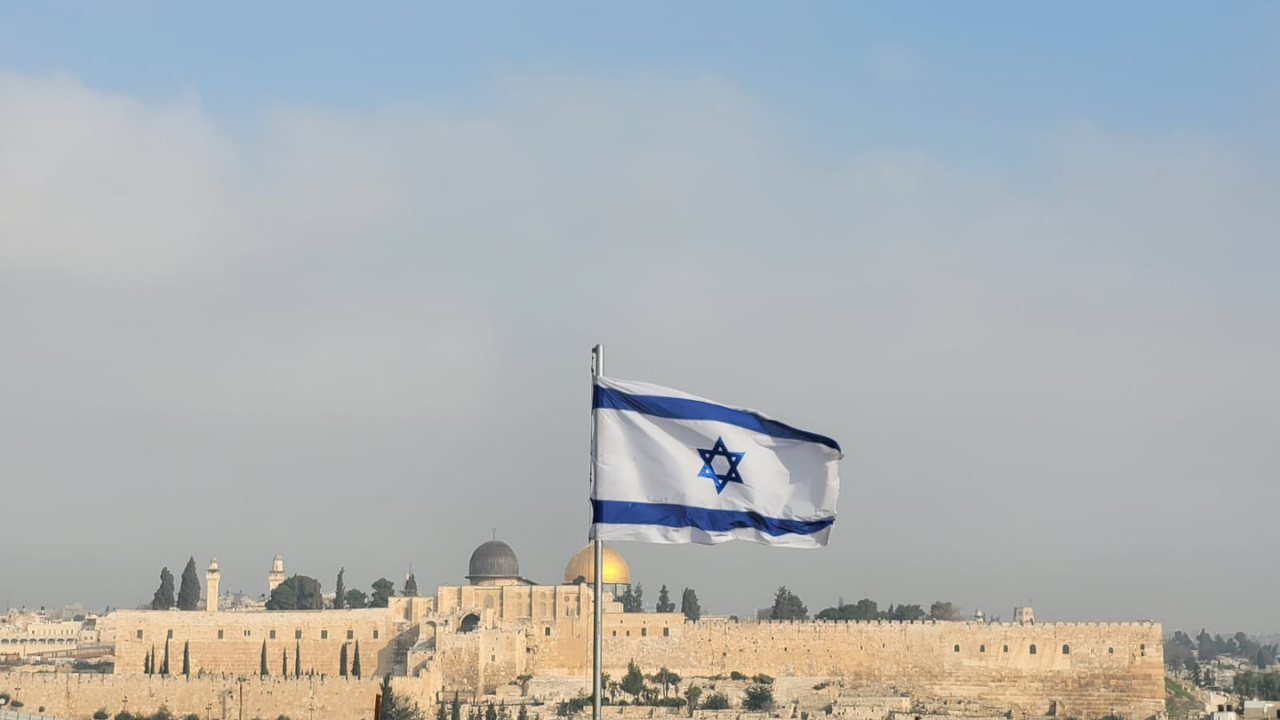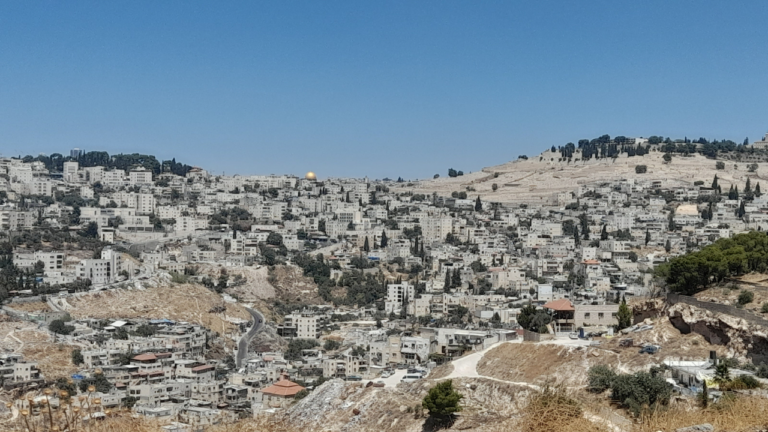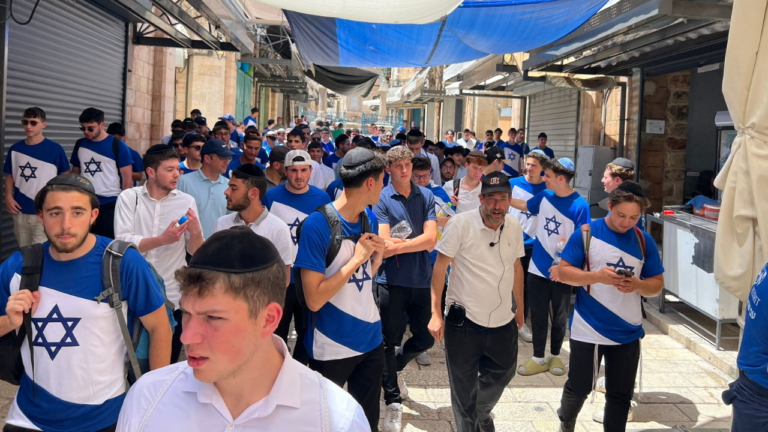The Lion of Jerusalem
After receiving the donations for the Mishkan, Moshe informs the Jewish people that God appointed Betzalel and Ahali’av to lead the building operations. Interestingly, the Torah does not suffice with their names but specifies that they were from the tribes of Yehuda and Dan, respectively. Why is this tidbit of information important?
Rabbeinu Saadya Gaon suggests that a common denominator between these two tribes is that they are both compared to lions. Yaakov blesses Yehuda to be as a royal lion, and Moshe blesses Dan to be as a lion cub. This is significant since the Beit HaMikdash itself is laced with references to lions, making it a fitting place for “lions” to build.
One expression of this lion-theme is the Mishna’s formulation regarding the shape of the inner sanctuary:
The Hekhal was narrow behind and broad in front, resembling a lion, as it says, “Ah, Ariel, Ariel, the city where David encamped” (Yeshayahu 29:1): Just as a lion is narrow behind and broad in front, so the Hekhal was narrow behind and broad in front
Physically, the Beit HaMikdash modeled the body of a lion. More particularly, the altar is also referred to as Ariel or the lion of God. The commentators explain that this is due to the fact that the fire on the altar would take the shape of a lion.
What is the meaning of naming the Beit HaMikdash as a lion? One approach is that the lion connotes royalty, mastery and grandeur. God is king over the entire world. But His royalty is most apparent in His own home – the Beit HaMikdash. It is there that His presence is most felt and where one can truly feel that human beings are merely subjects in a world that is run by God.
Interestingly, the name “Ariel” does not only refer to the Beit HaMikdash but also to the entire city of Yerushalayim. The verse in Yeshayahu cited above – “Ah, Ariel, Ariel, the city where David encamped” – which is understood by the Mishna to refer to the Beit HaMikdash, refers to the entirety of Yerushalayim in its original context. This section of Yeshayahu speaks of a siege around the city – Ariel – which God will make be “like a dream” that has no lasting impact. Accordingly, Ibn Ezra explains that “Yerushalayim was called ‘Ariel’ based on the fact that the altar stood at its center.”
Our suggested explanation of the association between Ariel and the Beit HaMikdash can help explain why the city as a whole is referred to as Ariel. While God’s majesty is most present in the Beit HaMikdash, it is extended, albeit to a lesser degree, to the city as a whole. Spending time in the capital city of the Jewish people is supposed to remind us of God’s sovereignty over this world. It is thus fitting that the lion be the symbol for the city itself, as it is today.
Nowadays, unfortunately, we cannot experience the full grandeur of God’s majesty in the c itself. However, we are blessed with the opportunity to live and visit in Yerushalayim. Let us use these opportunities to imbibe the lesson of Ariel – that God is king over the entire world.



